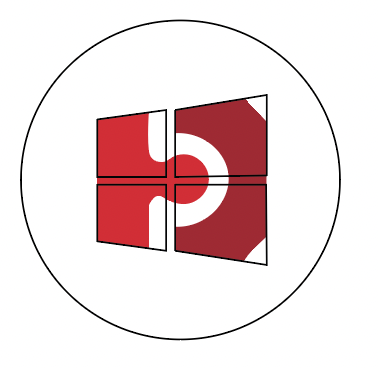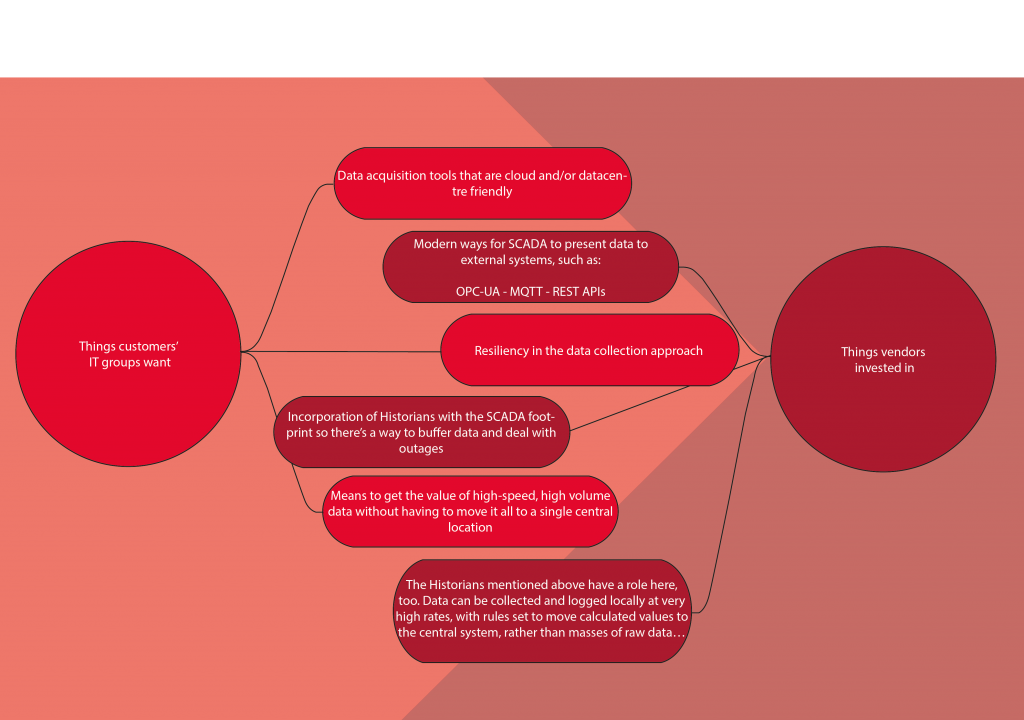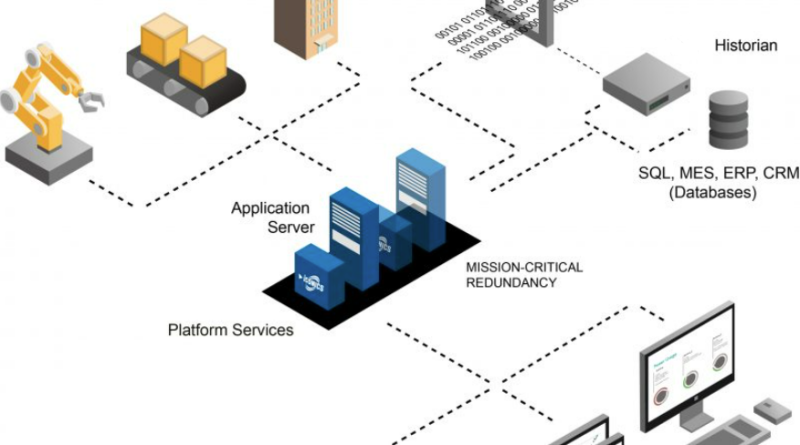Don’t “Stay Current” – Upgrade!
As the UK’s industrial base continues to adapt to changes in business models, supply networks and trade environments, there’s an opportunity to tap into a massive hidden resource – the install base of HMI/SCADA systems deployed everywhere from power plants to food processors. Many of these systems were implemented in the 90s and 00s as part of the first wave of productivity investments – by supplying a way to visualise the critical elements of complex machines and processes, industrial firms improved the effectiveness of their front-line workers and supervisors, as well as the reliability of their operations. However, rather than a desire to gain a more operational and competitive advantage, the pattern of investment during the previous 20 years has been driven by the feeling of “forced need.” As we’ve aided several clients with improvements to their SCADA systems, we’ve seen two things that influence their choice to upgrade:


2. The PC/server equipment hosting the SCADA system has failed, forcing the firm to take steps to restore it.
And an unfortunate sub-theme is common – we’re often told that any upgrade “must keep the system the same as the operators are used to”. No changes. No adoption of new functions. No assessment of whether current engineering practices could lead to a better, more maintainable footprint. “Convert the application and get it running again” is the instruction of the day. Even in cases where a firm has run an assessment of different providers and switched to a new SCADA vendor, they’ve then asked to have their old application replicated, rather than taking the upgrade work as a chance to consider what new capabilities might be delivered by the more modern SCADA platform that’s replacing the one from 20 or 30 years(!) ago.
From the operations leaders’ perspectives, the core mission – make the product; keep the assets running – is the same, and it can be hard to step back, and consider whether the automation and systems around the operation should work the way they always have. And when vendors supply a laundry list of new features or technical updates, it doesn’t necessarily give an operational, maintenance or other non-technical leader compelling information in the right terms for them to see the value in taking that pause to step back and consider a broader approach to what first looked like a “forced necessity”.
If we had the opportunity to be face to face with every as they took that step back, here’s what we recommend they consider:
Where vendors spend their SCADA product development dollars IS driven by YOUR needs (yes, some technical, but many more are user/functional focused). Just a few examples would include:
| Thing’s customers ask for | Thing’s vendors invested in |
| Better access to historical data – at the fingertips of operators and supervisors | Integration of data Historians in the product offer and into the screens deployed to users |
| Freedom from the desk! | Choice of ways to make SCADA available remotely, or via the web, or via device-based apps |
| A way to separate how information is delivered to production/operations people vs. technical or maintenance people | Application build-and-delivery guides (and starter kits) that supply guidance on how to serve different users from the same underlying platform |
| Ways to filter and focus the flood of data coming from machines and processes | Improved alarm and event management functions, and even incorporation of solutions that can route/escalate different events to different people for more effective response |
| Better support for continuous improvement practices such as Lean, or Autonomous Maintenance practices | Improved interoperability with other systems such as ERP, Quality, or asset maintenance systems, so data (rather than paper) can flow, reducing non-productive work and making sure issues and exceptions are managed effectively in the tool best suited |

Using the more modern SCADA could save you time, effort and budget that would otherwise be spent on competing/overlapping new systems.
OK – this one goes a little deeper into some technological details but stay with us!
As firms pursue the value that may come from adoption of big data platforms and machine learning or analytics, they often launch data acquisition projects that without understand how existing plant systems part of the landscape can be, rather than driving additional tech into a plant where it may not be needed.

Often, the IT and HQ operations teams don’t realise that their existing SCADA could accelerate these initiatives.
Security – the elephant in the room
It’s true that this is a topic that can cause people’s heads to throb before a discussion even gets started. But we’re going to skip all of the technical details and simply accept that improving cyber security postures is a priority for practical reasons, including:
- Yup – there are bad actors. Anyone remember the last round of Wannacry incidents?
- There are increasingly heavy regulatory burdens around certain industries or sectors
- To the above point, I hear many of you exclaiming “But my firm isn’t part of Critical National Infrastructure!”. That may be true, but we’re even seeing scenarios where brand owners or retailers are insisting that their suppliers be able to prove that they have a solid cyber security position – as that’s seen as an indicator that they’ll be less subject to disruption, one way or another…
Again, vendors haven’t been idle. It may take some basic work on the applications you have, but if you’ve at least invested in a current version of your SCADA, you’ll be able to take advantage of what’s noted below.
| Things customers need for their customers and regulators | Thing’s vendors invested in |
| Modern, patchable plant systems, that are kept compatible with major operating systems like Windows Server Platform | This is pretty much table stakes – it’s covered! |
| Auditability | Better deployment of user definitions; option to deploy e-signatures on critical functions |
| Flexible, role-based restrictions on access to functions | Making their internal user/security model the basis for screen or even function-based restrictions so only authorized users can do certain things |
| Security that coordinates with corporate resources and policies | Integration of SCADA security/users with Active Directory |
Another area where IT teams struggle is understanding what can be done at the SCADA layer to meet security goals. As a result, they may consider some unique (and often extreme!) techniques and approaches that may be more difficult and expensive than needed.
Click here to see what our vendors now have available! iFIX Secure Deployment Guide.
Don’t just “keep it current” – Upgrade!
Given the breadth of functions, capabilities, and technological upgrading that SCADA providers have implemented, it’s probably safe to argue that there’s more “in the box” that might be employed in areas that matter. And we’ve even reserved the details of the important technical things, such as development speed, part and code reusability, and so on, for another time! And we believe that looking at their SCADA with fresh eyes and thinking about what the current platform CAN do – rather than what the 20-year-old application created on the legacy platform from 1992 IS doing – is the key to gaining some new operational gains. And the route to those benefits can be faster to follow, making other digital projects speedier as well.


